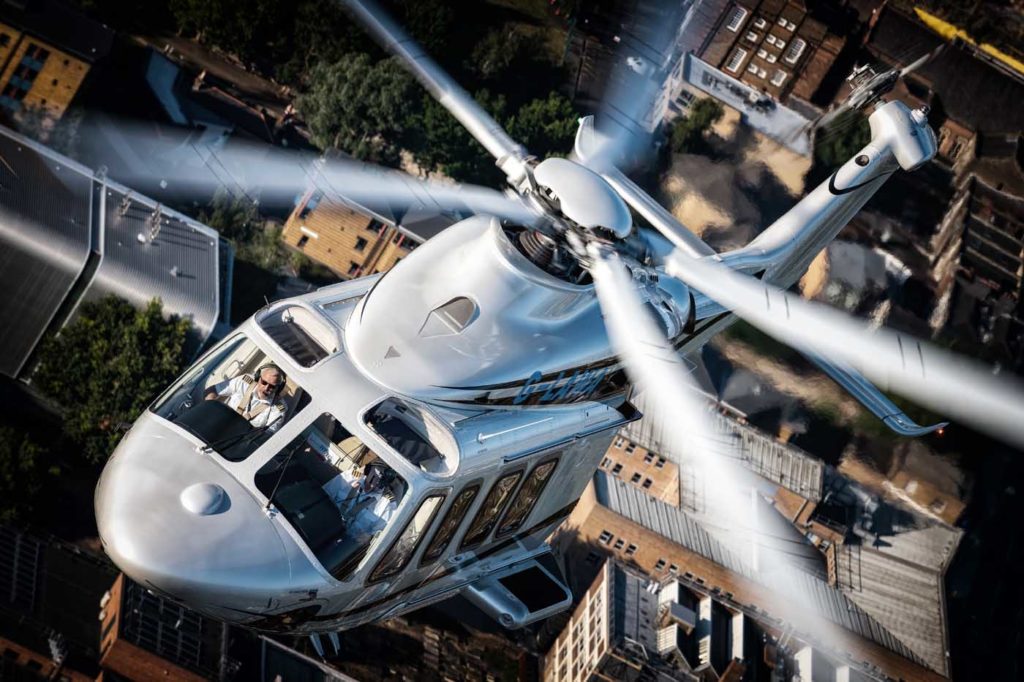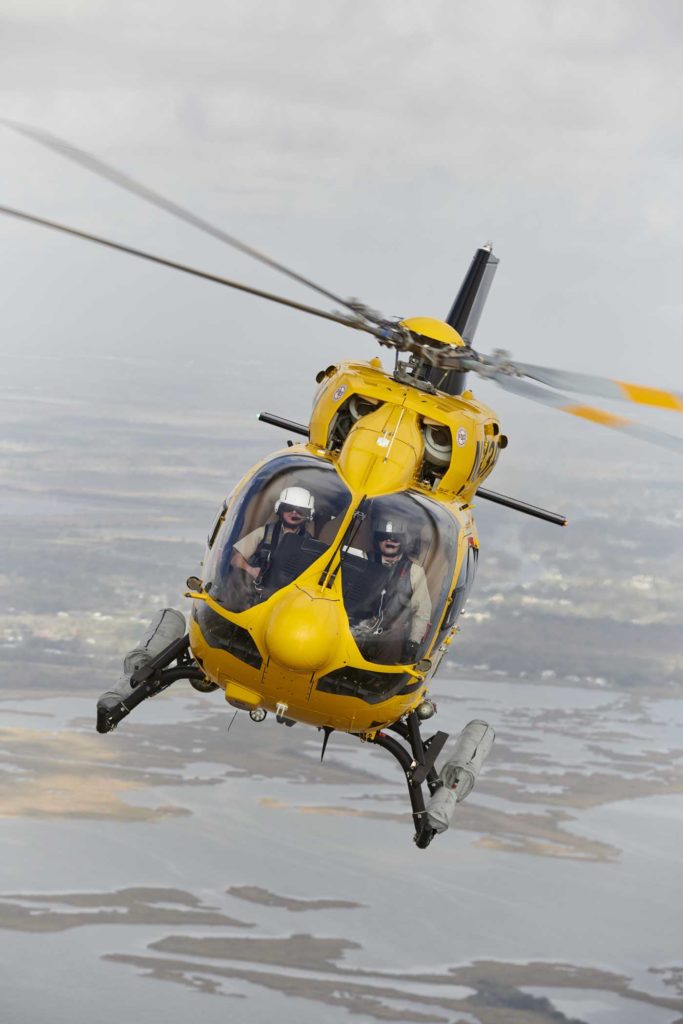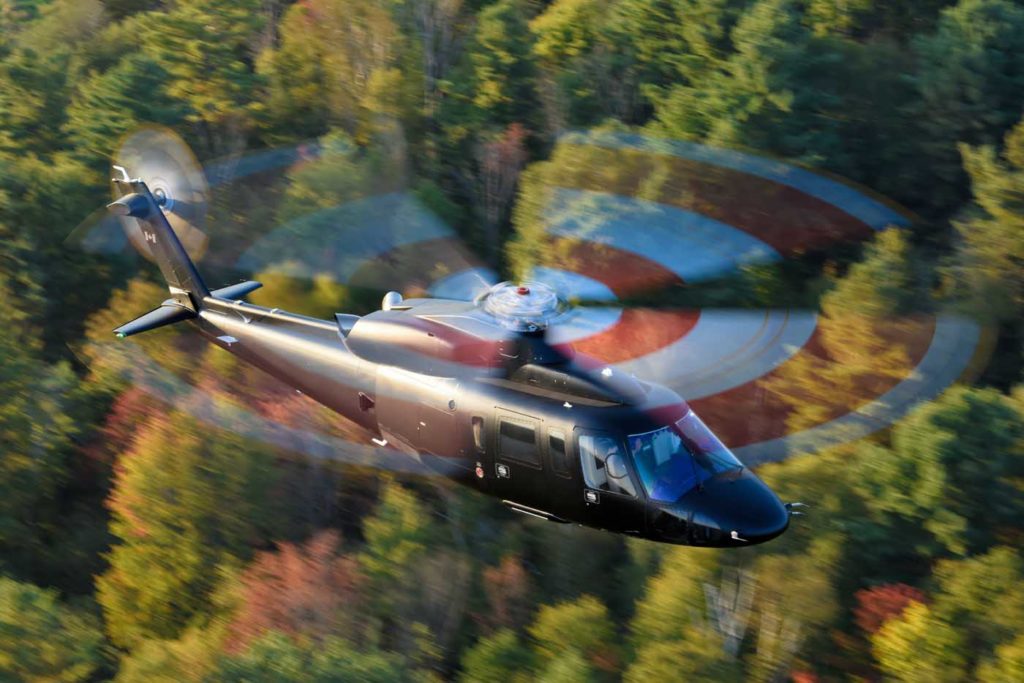On a normal day in office, the medium twin-engine workhorse of the offshore industry — the Leonardo AW139 — transitions to automation within seconds of takeoff. The crewmembers have their roles defined as Pilot Flying (PF) and Pilot Monitoring (PM). Switching between flight phases is mostly accomplished by rotating knobs and pushing buttons, or selecting modes on the autopilot. Long flights — often two hours or more — can feel like cruising on a highway as the machine chews up air miles at 140 knots. A few minutes before landing, PF returns to the controls when the “fly attentive” phase commences, and the journey ends with “fly manually.”
It was not always this way. As beginners, many of us built time on light singles like the Robinson R44 Raven or Aérospatiale Alouette. Helicopter pilots wistfully recalling their days of “hands-on” flying can test the patience of young pilots growing up today, who are in an increasingly automated environment. Somewhere down the line, a few of us transitioned from light singles to medium twins, some even to heavies.

A twin-engine rating is earned after rigorous transition training in ground school and a simulator, followed by an instrument rating and the check ride. This story is a recapitulation of some lessons I learnt along the way when I made the transition myself. For those who are at the threshold of transitioning from single-engine to multi-engine flight, it may help focus your attention in the right places. Still, your flight instructor is best equipped to guide you through the process, and this is by no means a comprehensive or complete list. Every aircraft has peculiarities and nuances that only a flight instructor can detail. However, there are common elements every transitioning pilot would do well to understand.
Providing an upgrade
If all missions could be undertaken by a single-engine helicopter, modern machines such as Leonardo’s AW139, AW169, and AW189 series; Airbus Helicopters’ H145, H160 and H175; Bell’s 525 Relentless, or the Russian goliath Mi-26 may have never rolled out of a hangar. As the demand for better performance, payload and specialized missions evolved, manufacturers had little choice but to add another powerplant (or two). Each category of rotorcraft grew its own niche, filling crucial gaps, saving lives, creating value and generating revenue.
Contrary to popular perception, the distinction between single- and multi-engine is not about the number of engines alone. With twin engines comes improved redundancy — not only in the number of engines, but also in the associated critical systems and subsystems. The Alouette I flew for many years had a single engine, one starter-generator, a single servo for power-assisted controls, and no automation or integrated navigation system.
Compare this to a modern twin-engine cockpit, where almost every system has a second, or even third standby built-in. Don’t let that bother you during the transition. As you complete your type rating, familiarity with these systems will improve; and you will quickly build up experience as you fly on the line. At some point, your scan pattern and dexterity with handling multiple systems will get honed. Most systems are simply duplicated and complexity does not necessarily increase on a linear scale.
Many single-engine helicopters are flown by a single pilot. This can result in the development of secondary habit patterns, because you are used to flying hands-on while navigating, operating the radios, monitoring the systems, looking out for weather and obstacles, handling abnormal situations and completing the mission — all by yourself. If you were lucky, some roles may have included another crewmember or an aircraft maintenance engineer beside you. But, for the most part, light singles are designed and operated single-pilot. It keeps costs down and payload up.

As you transition to twins, one must get accustomed to the concept of a multi-crew cockpit. Tasks are shared here, so you’ll need to unlearn the habit of doing everything yourself. You must understand the division of responsibilities between PF and PM; a healthy cockpit should not leave any crewmember task-saturated. Cockpit work in a modern twin may involve long periods of relative calm interspersed with sudden spikes in activity as you execute complex missions or traverse controlled airspace. At all times, crew resource management (CRM) must guide your actions so that spare capacity is available to deal with abnormal situations, should one arise.
Increased automation
The level of automation is another notable change between light singles and their heavier cousins. One of the most important aspects of the transition is to get used to the idea of flying the aircraft through automation.
Most modern machines are designed around the idea of automation. Automation alleviates crew fatigue, improves performance, allows for day/night and all-weather operations, and enhances safety. The handling and optimum use of automation will be taught to you briefly during your type rating. However, since type training is usually a packed syllabus, the lion’s share of learning to manage automation will come from the line.
Let go the old habit of grabbing the controls all the time. Helicopters equipped with automatic flight control systems (AFCS) and flight directors employ long-term attitude retention modes, where the controls are kept in place by trim switches and magnetic brakes. Deviations are monitored and corrected by autopilot actuators before they even become evident to the pilot. The old habit of keeping the hands tightly around controls may need to make way for “hands-off,” “fly attentive” or, when the situation so demands, “fly manually.” The distinction and implications should be clearly understood to avoid fighting with the autopilot.
Checklists are germane to all cockpits. However, a lone pilot at the controls of a light single may not have the luxury of the “challenge and response” method of completing checklists. Rather, “read-do-verify” or memory recall may be the norm, especially for the flight phase. However, most multi-crew cockpits strictly adhere to the challenge and response method of completing checklists. When going through it, avoid the temptation to jump up or down the checklist, and stay in phase with other crewmembers to avoid spectacular bloopers. We’ve all read about people who cooked million-dollar engines because they were either ahead or behind the checklist, or simply failed at challenge-response. Experience is no panacea for this malaise (in fact, the contrary could well be true). Stay aware, stay alert and stick to the checklist.
Another thing to consider is the increased complexity of using more than one powerplant. As a single-engine helicopter pilot, you had only one engine and its performance to be bothered about. Twin-engine helicopters come with more detailed performance, including Category A takeoff/landing profiles, all engines operative (AEO) and one engine inoperative (OEI) graphs, and special procedures to exploit the enhanced performance obtained from twin engines. It is essential that these graphs, profiles and their limitations are assimilated. It may seem like a tall order at first, but a good transition training syllabus will walk you through performance during ground school as well as flight training. In any case, no type rating is complete without achieving a safe level of understanding in interpreting and using the performance data given in the rotorcraft flight manual.

VFR when you can, IFR when you must
Most single-engine helicopters are designed to operate under visual flight rules (VFR), which means “see and be seen; hear and be heard.” The first fully-instrument flight rules (IFR)-certified light singles are only just entering the market. It is therefore likely that single-engine pilots are more familiar (and comfortable) operating in the VFR environment. Modern twin-engine helicopters come with full IFR certification and all the bells and whistles required to operate under IFR. Unless mandated for specific operations, it is a gross underutilization of such machines if they are still limited to VFR-only operations.
The annual check-ride apart, make use of every opportunity to file and fly an IFR route, do the odd DME arc and ride the instrument landing system when you can. This, while utilizing the full capabilities of your modern helicopter, will also come in handy some rainy day when you have no option but to fly IFR. Quite a number of single-engine pilots either don’t know or don’t care for VOR radials, flying the arc, or doing coupled approaches — mostly because they got by without this in the VFR environment. But in this business, it is never too late for old dogs to learn new tricks. Military pilots transitioning to civil aviation may particularly like to focus on this area, as you no longer have the luxury of your own exclusive airspace! A fully-equipped modern twin must navigate through IFR airspace with ease, just like any airliner. This is unlikely to happen if you treat those smart boxes in the avionics rack with disdain.
It’s also worth noting that the handling of abnormal procedures may follow different protocols in a multi-engine helicopter. Eschew the tendency to grab controls at the first signs of trouble. Except for rare events, twin-engine helicopters seldom have many “act immediately” abnormal procedures. There are redundancies both in crew and aircraft systems.
A well planned, rehearsed and agreed sequence of actions dictated by a checklist usually follows any abnormal occurrence. Stick to it and you will be able to deal with any emergency. I am aware of at least one case where the pilot pulled the fire handles at the first sign of a warning light, without either confirming the action or reverting to single-engine flight. The hasty action shut down one engine while toasting the other — a situation that could have quickly spiraled out of control had they been in a critical stage of flight. Remember the old maxim: aviate, navigate, communicate. Now that you are in a multi-crew cockpit, there should be no more grabbing of controls, or pulling handles or switches without regard to that valuable resource sitting next to you.
Weight and balance is another consideration that assumes increased importance while flying twins (this is not to say that they are not important in light singles). The nature and design of larger helicopters means bigger cabins, more payload, longer missions and thus a center of gravity that shifts as fuel is consumed. It is a regulatory requirement to calculate weight and balance for takeoff and landing in most countries. In any case, it is the right thing to do regardless of what and where you fly.
In helicopters, transitions, whether from hover to level flight or from single-engine to multi-engine, can get a little rough. But it is just a brief phase, beyond which lies the rich promise of becoming a multi-engine IFR captain, and all that comes with it.
Good luck with the transition and happy landings!





